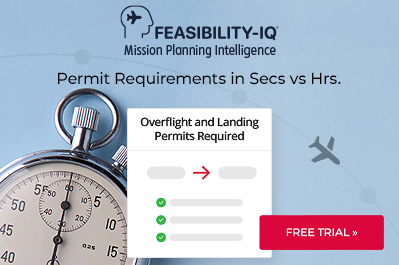Italy Disinsection Rules: What Business Aviation Operators Need to Know in 2025
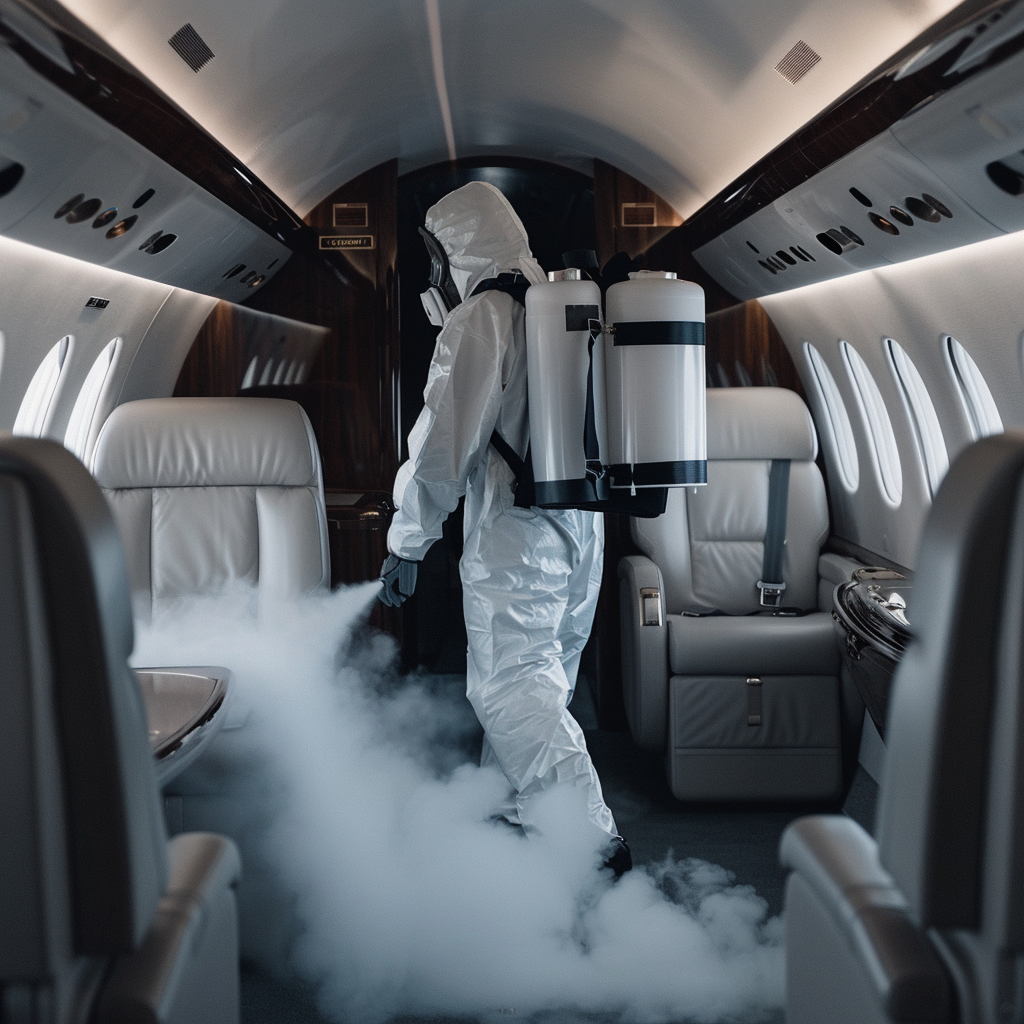
Handling, catering, and cleaning must be kept brief with doors mostly closed.Disinsection Precedure Update: TOD disinsection spray is only allowed at certain airports with prior approval. Contact Universal Aviation Italy before scheduling disinsection.
Business aviation operators arriving in Italy continue to face confusion and inconsistency regarding the country’s aircraft disinsection requirements. While the health regulations are clear in writing, real-world enforcement and interpretation vary widely by airport and local authority.
An ordinance issued last year formally recognized the “self-spray” disinsection method as an alternative to residual treatment. However, based on current conditions, Universal Aviation Italy does not recommend relying solely on the self-spray method due to uneven implementation and risk of non-acceptance.
Disinsection Requirements for Italy
Italy mandates disinsection for aircraft arriving from countries where Aedes aegypti mosquitoes are present. This requirement is not limited to areas with active outbreaks of Zika or Dengue but includes any location where diseases such as Chikungunya, Yellow Fever, or other vector-borne illnesses could potentially be transmitted.
Disinsection is mandatory for any aircraft that has been in a country affected by Aedes aegypti within the past 28 days. This includes many global locations—such as the United States and France, even if there is no current disease transmission, as the presence of the mosquito alone qualifies a country as “at risk.”
Aircraft operators are responsible for compliance. Failure to adhere to these requirements may result in enforcement actions under Article 650 of the Italian Criminal Code.
If your aircraft has not been in an affected area during the 28-day window, a written declaration is still required and must be submitted in advance.
Reference sources for affected areas:
- European Centre for Disease Prevention and Control (ECDC) – EU regions
- World Health Organization (WHO) – non-EU regions including the U.S.
New Phytosanitary Restrictions at LIML
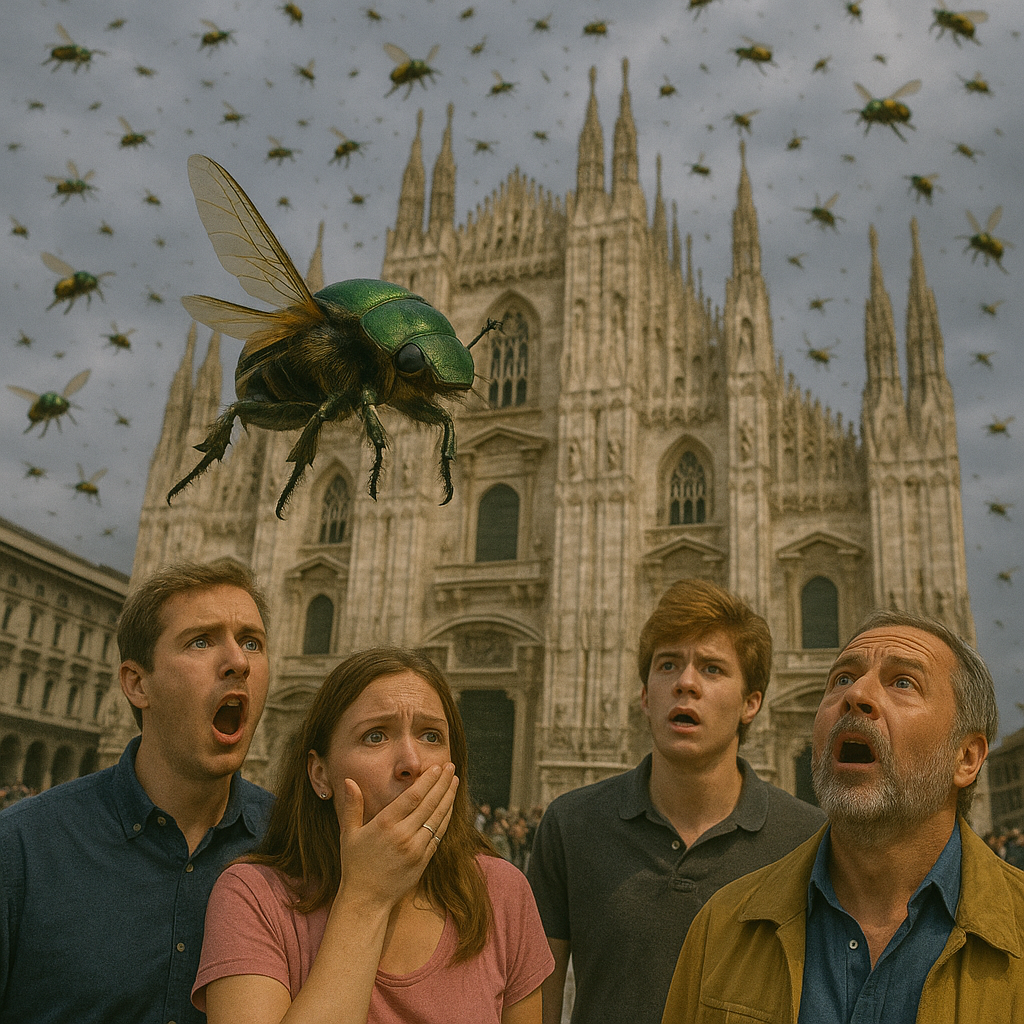
Important Update: New phytosanitary rules are now in effect at Milano Linate Airport (LIML) due to the spread of Popillia japonica (Japanese beetle). Aircraft doors must remain closed between 10:00–18:00 local time. All handling, catering, and cleaning operations must be conducted quickly with doors kept mostly closed during this period.
Disinsection Methods
Option 1: Residual Disinsection (preferred and widely accepted)
This is still the most widely accepted and recommended method of compliance.
Procedure:
- Apply treatment after passenger disembarkation
- Cabin must remain sealed for 1 hour, followed by 1 hour of ventilation
- Certificate is valid for 8 weeks
- Must include issuing company or authority, signatory’s name and affiliation, and treatment date and expiration
- Some countries allow self-issued certificates—verify with your local health authority
Residual treatment remains the most accepted method and offers multi-week validity across the world.
Crew may stay onsite until the procedure is completed and a receipt is issued. It’s possible to split it leaving the aircraft closed and then air out the day of the departure.
Validity: Once completed, the residual certificate is usually valid for 8 weeks, allowing unrestricted operations within Italy during that period.
Challenge: In the U.S., very few vendors are authorized to perform residual disinsection, making pre-departure treatment difficult to arrange.
Option 2: Self-Spray Before Landing (Accepted, but Risky)

Option 3: Self Spray
Written Declaration (If Not Applicable)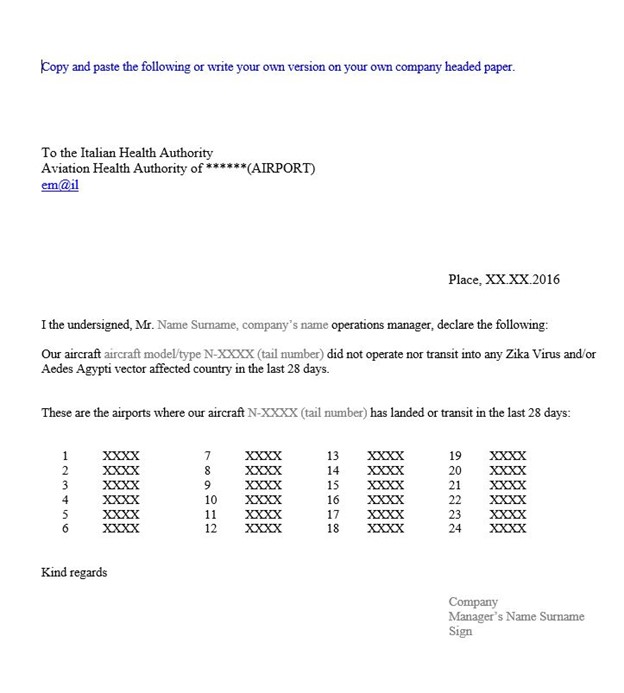
If the aircraft has not operated in any at-risk country within the past 28 days, a written declaration may be submitted in advance.
Requirements:
- Must be drafted in English and Italian on company letterhead
- Signed by the Responsible Manager
- Include a full list of all airports visited in the past 28 days
- Must be submitted at least 12 hours before landing to:
- The Airport’s Civil Aviation Authority Office
- The Air Health Office of the Ministry of Health
- The Airport Management Company
Some local authorities may still request clarification or deny the exemption even with a declaration on file.
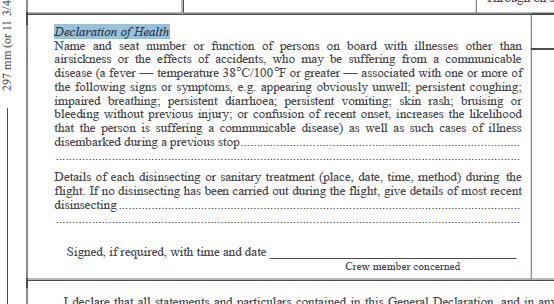
Airport Variations and Exceptions
- Enforcement practices may vary by airport due to local authority interpretations
- In some cases, exemptions may be granted based on flight history, but requests may take weeks to process
- Operators unsure of requirements should contact local authorities in advance
Compliance & Enforcement
So far, there have been no fines reported for non-compliance. However:
- One aircraft without proper certification was immediately sprayed upon arrival
- Future enforcement levels are unknown, and compliance is strongly recommended to avoid unexpected disruptions
Final Thoughts

